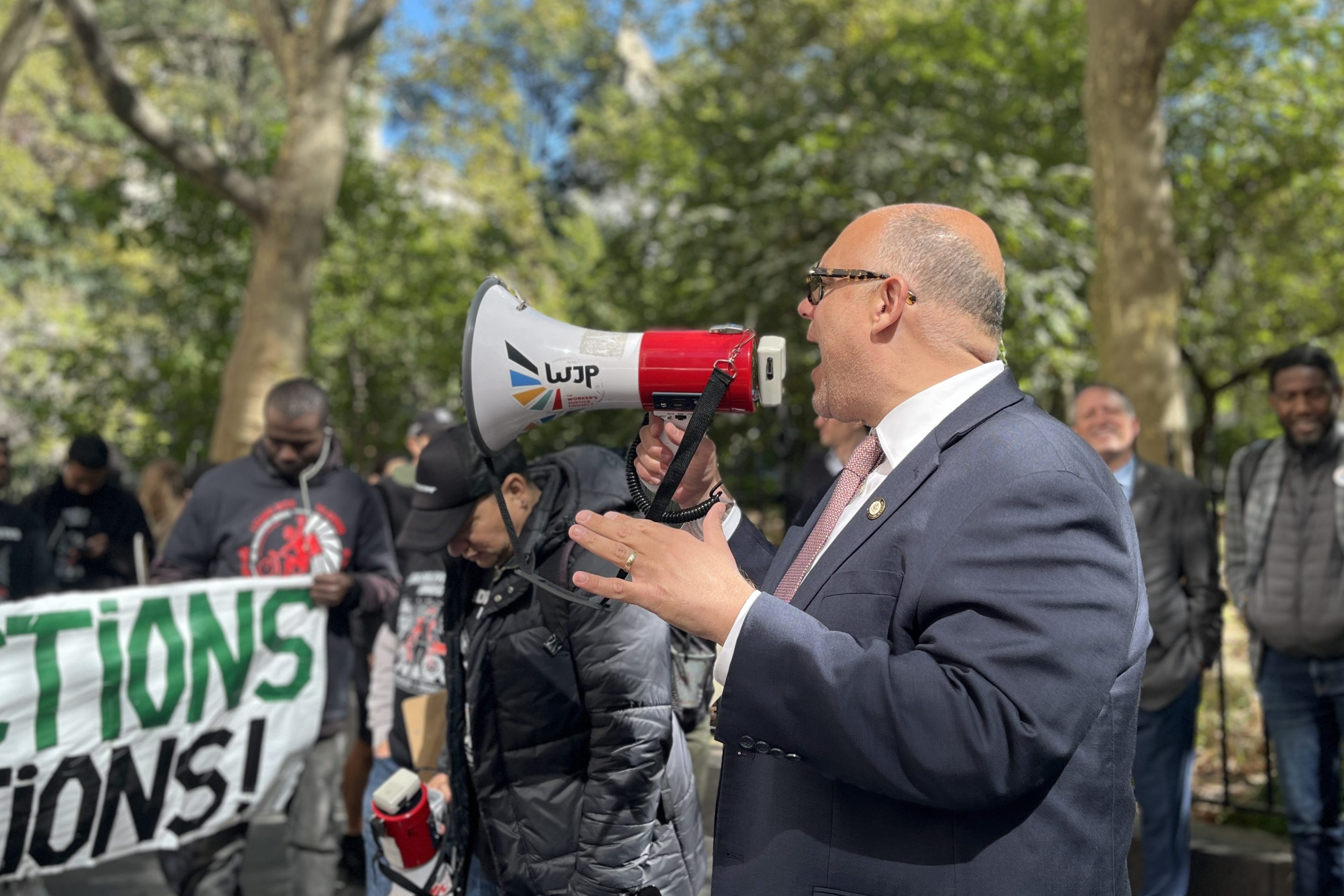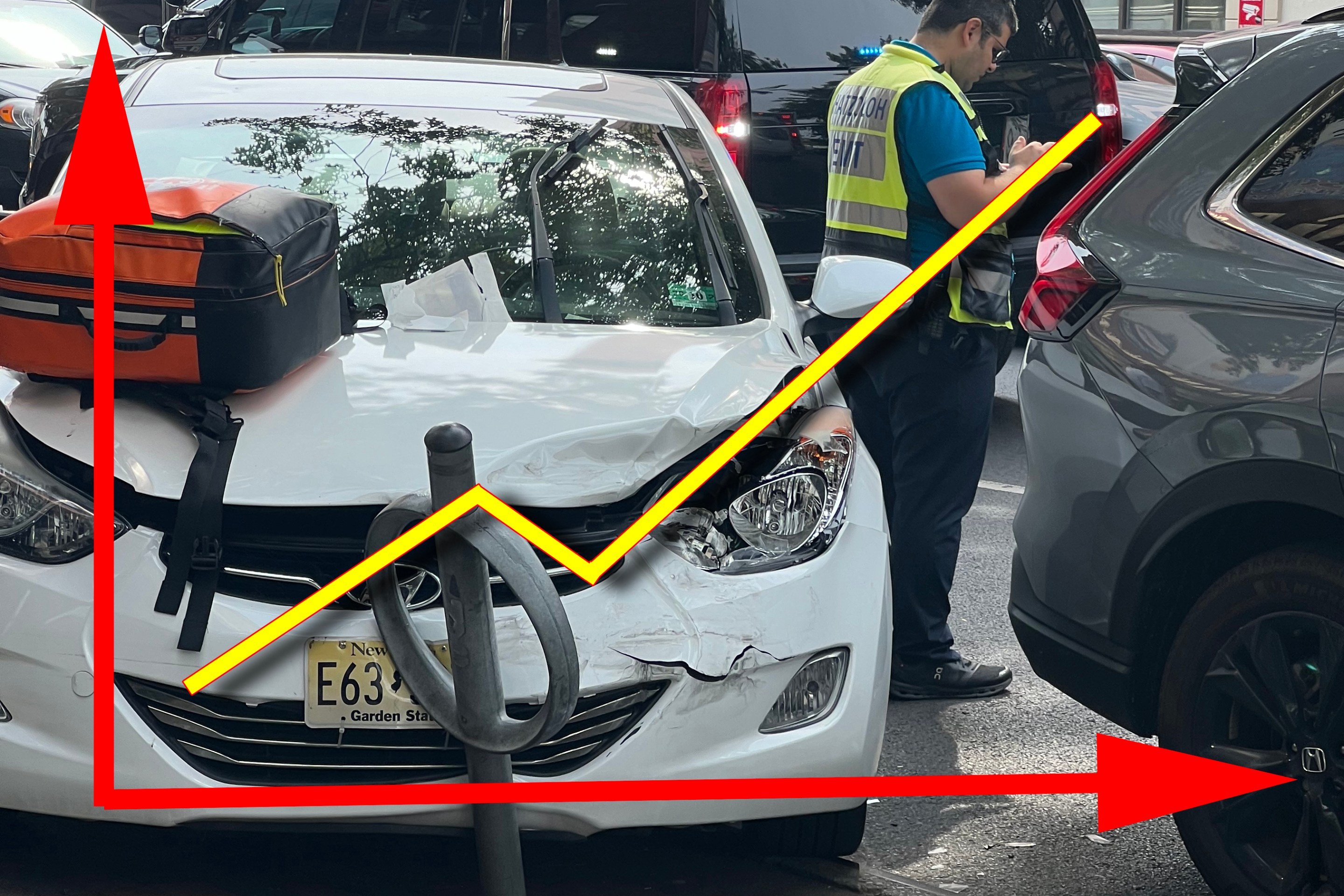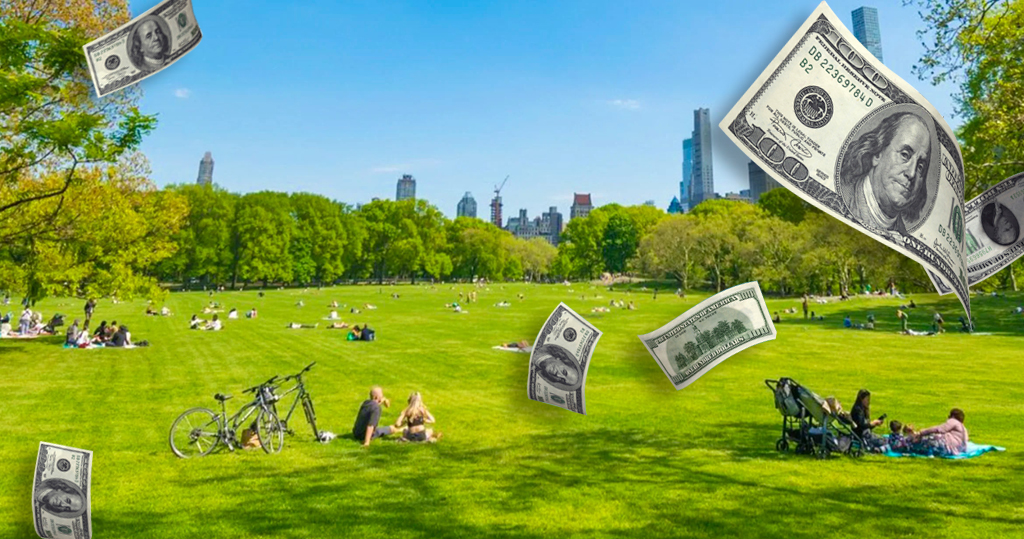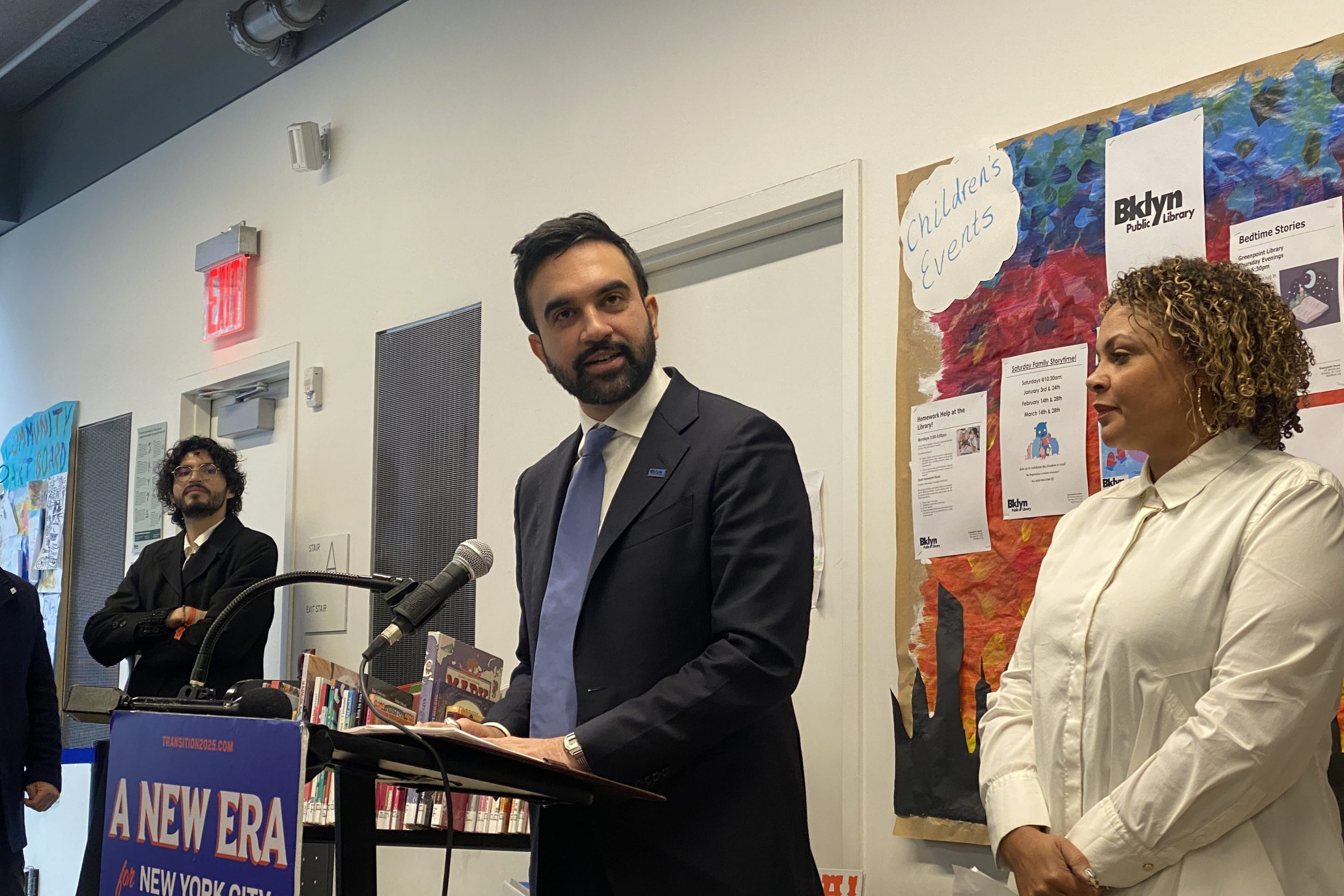Thank Albany. By segmenting the 30-35 percent transit fare increase into three stages, the legislature has opened the door for a broad-based campaign to put an end to fare hikes and institute genuine transportation reform.
Hike 1, the 10-12 percent rise in subway, bus and rail fares set to take effect within a month, is a fait accompli. But Hikes 2 and 3, set for 2011 and 2013, are fair game. With municipal and state elections in the offing this year and next, the timing couldn't be better.
Hikes 2 and 3 are each intended to net $400 to $500 million annually. A geographically balanced traffic-pricing plan can replace that, no sweat. The MTA rescue plan I laid out in March, featuring a time-varied ($1-$2-$3-$4-$5) price to drive into the Manhattan CBD (charged inbound only) along with a 20 percent taxi fare surcharge, would bring in $1 billion a year. The plan can be ratcheted up as need warrants and politics allow.
I know, I know -- tolls have already failed, twice. But the Bloomberg and Ravitch Plans were grossly skewed, with a Jersey exemption and a Manhattan free pass, among other failings. The messengers, through no fault of their own, were flawed as well.
Rather than a billionaire mayor or another permanent-government state commission, we need a popular movement made up of straphangers, bus riders, truckers and tradespeople (who will easily make up the CBD toll in saved time), business interests, pedestrians and cyclists -- a true New York majority. And we should start posing the question now, as the 2009 municipal elections get in gear: Which should the MTA toll -- transit users or traffic?
It is true that the recession has eased traffic congestion. By how much is hard to say, but if vehicle volumes are down 5 percent, the drop in gridlock -- time stuck in traffic -- may be as great as 10 percent citywide and 20 percent within the CBD. When the Albany deal was revealed this week, a policy savant told me it demonstrated "the lack of political support for reducing traffic congestion." He may be right, but I believe that as fare hikes and a general economic recovery restore car use to prior levels, gridlock will again matter.
The German social thinker Wolfgang Sachs drilled to the heart of gridlock several decades ago:
Once a certain traffic density is surpassed, every driver contributes involuntarily to a slowing of traffic. The time that the individual driver steals from all the others by slowing them down is greater many times over than the time he or she might have hoped to gain by taking the car. (emphasis added)
Sachs’ "theft of time" can now be quantified. Using the Balanced Transportation Analyzer computer model I’ve developed with transit advocate Ted Kheel, I estimate it to average almost three hours per weekday car round-trip into the CBD and back home. Meaning: each additional weekday drive into the Manhattan Central Business District imposes aggregate delays on all other motor vehicle users totaling nearly three hours (more for peak-period trips, less for off-peak). Applying an estimated per-vehicle cost of $35-40 per hour spent in NYC traffic (a blend of costs for 18-wheelers, plumbers’ vans, private cars, etc.), the societal "time cost" imposed by each car trip into and out of the CBD is around $100.
(Note: figures in the previous paragraph are derived in the BTA worksheets, "Delay Costs" and "Value of Time," and were revised by the author in August, 2009 to reflect modeling refinements following the May 7, 2009 appearance of this post.)
This “theft of time” by auto trips into the CBD should form one moral basis for our transportation reform campaign. The other, of course, is the need to prevent any further burdening of hard-pressed working people with the MTA’s financial failings.
Ted, who turns 95 on Saturday, has said that if he were younger he would run for mayor on this platform. Here’s a Plan “B”: The advocates who fought valiantly for the Ravitch Plan unite behind a new, effective and equitable approach such as the traffic-pricing plan outlined here -- one that breaks, finally, the triple hell of spiraling fares, traffic gridlock, and the legislature’s tyranny over mass transit. Candidates run for City Council and state legislature on this plan, and we elect them.





